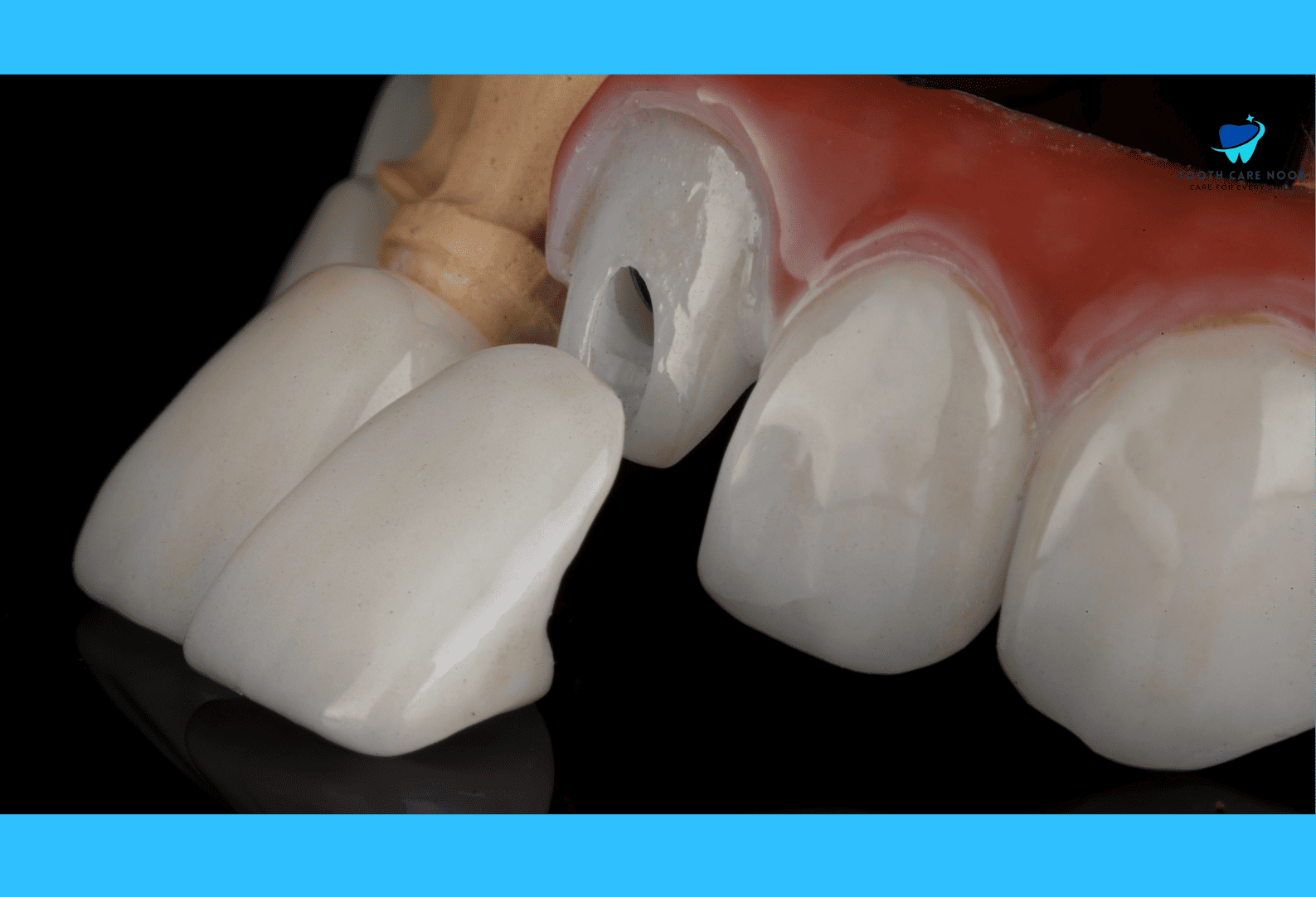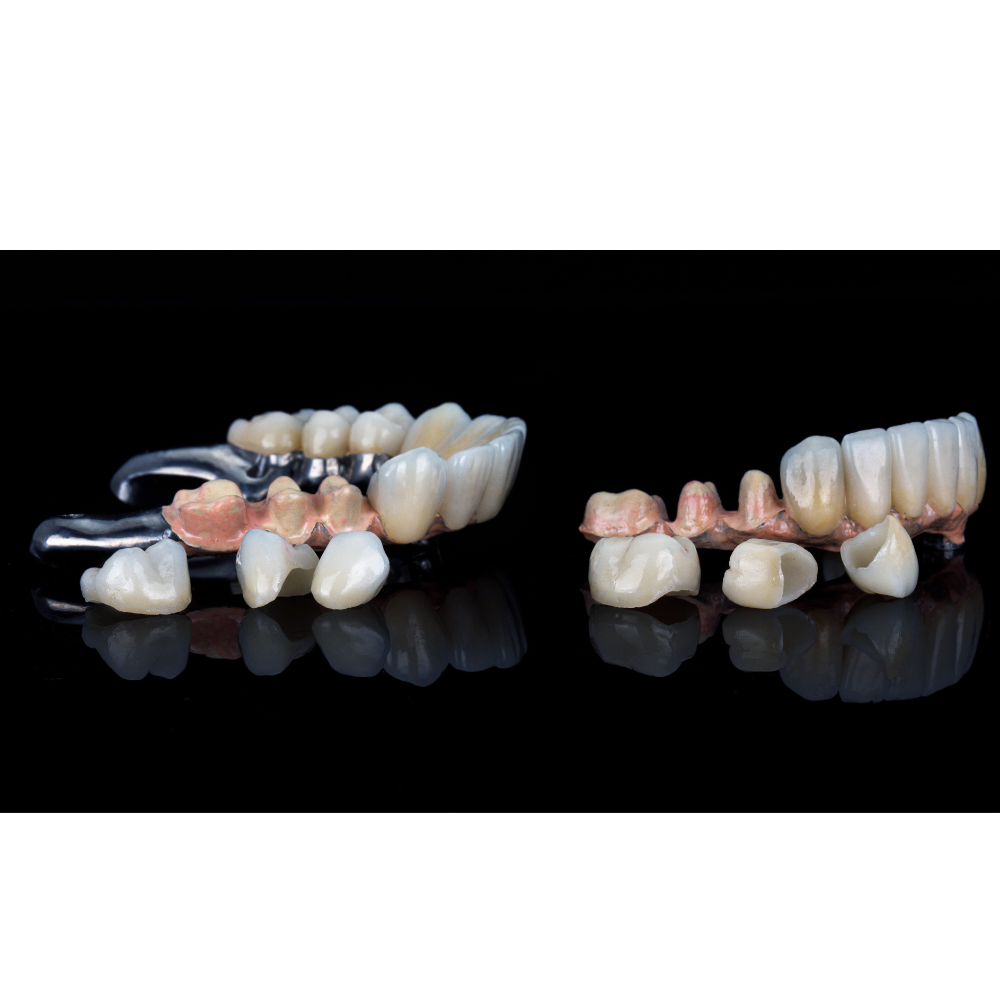How is Crown Attached to a Dental Implant | The Orthodontic Technicalities
If you’re thinking that crown is attached to a dental implant with glue you’re wrong and you know it. The attachment of a crown to a dental implant is an important step in the process of tooth restoration. This is performed to restore your mouth’s function and aesthetics. A crown is often placed on top for protection and to complete the restoration with the help of different components. Let’s start with the components first.
Components of Artificial Implanted Tooth
Implant Fixture:
The implant fixture serves as the foundation of the artificial tooth. They are made of biocompatible materials such as titanium. These fixtures are surgically placed into your jawbone, where they integrate with the surrounding bone through an osseointegration. This integration provides stability and mimics the function of your natural tooth roots.
Abutment:
The abutment acts as a delegated part between the implant fixture and the visible portion of the artificial tooth. It connects the implant fixture to the crown and protrudes from the gumline. Abutments are made of materials like titanium or zirconia. They are available in different designs which include stock abutments and custom-milled abutments.
Crown:
The crown is the visible part of your artificial tooth that resembles a natural tooth in shape, size, and color. It is custom-made to match your surrounding teeth and ensure a seamless and natural-looking smile.
Crowns are made of materials such as porcelain, zirconia, or a combination of metal and porcelain. The crown is attached to the abutment with the help of screws or dental cement. Screw-in crown teeth provide both functional chewing surfaces and aesthetic appeal.
The Role of Dental Crown Abutment in Implants
The dental crown abutment is a significant intermediary component in dental implant procedures. It bridges the implant fixture and the visible crown to ensure stability, functionality, and aesthetics. It has several key functions that contribute to the overall success of implant restoration;
- The abutment securely connects the implant fixture, which is anchored within the jawbone, to the visible crown that sits above the gumline.
- Abutments are available in various designs and materials to accommodate individual patient requirements and specific clinical situations.
- By transmitting the forces exerted during chewing and biting from the crown to the implant fixture and surrounding bone. The dental crown abutment aids in evenly distributing the pressure across the implant system.

Procedure to Attach Crown with Dental Implant
There are different procedures to attach a crown to the dental implant. These will surely restore your missing tooth with a dental implant-supported crown. Here are the two most followed procedures.
Same-day Procedure:
The same-day tooth crown procedure eliminates the need for a temporary crown. The dentist starts by taking digital pictures of your mouth. With the help of these images, they create the crown right in the office using a computer.
You should wait about 1 to 2 hours while the crown is fabricated. Once ready, the crown will cemented into place during the same appointment. This efficient process typically takes about 2 to 4 hours from start to finish. It will allow for immediate restoration of the tooth’s function and aesthetics.
Pros and Cons
| Pros | Cons |
| Convenience | Limited availability |
| Efficient use of time | Potential for less customization |
| Immediate restoration | Costly |
Multi-day Procedure with a Temporary Crown:
The type of crown implant procedure that involves two visits to your dentist. During the first visit, your dentist will examine and prepare the tooth that requires the crown. They may include taking X-rays and making molds of your tooth or mouth.
Next, they carefully file down and remove a portion of the outer layer of the tooth to make room for the crown. An impression of the trimmed tooth and surrounding teeth is then taken. To protect the prepared tooth, a temporary crown is placed over it. The impression is sent to a dental lab, where the crown is custom-made. This process typically takes several weeks. Upon your second visit, your dentist will cement the crown into place once the crown is ready. The procedure will finally completed.
Pros and Cons
| Pros | Cons |
| Time for adjustments | Inconvenience |
| Laboratory fabrication | Need for a temporary crown |
| Precision | Time-consuming |
Potential Complications in Implant Crown
To make informed decisions and take necessary precautions to maintain the good health and longevity of your implant crowns, you have to understand the complications. Below are the complications associated with tooth implant crowns.
- Tissue damage.
- Bone loss.
- Nerve damage.
- Gum recession.
- Infection.
Caring Tips for Dental Implants
- Practice good oral hygiene.
- Use a soft nylon brush.
- Avoid abrasive products.
- Prioritize daily flossing.
- Avoid tobacco products.
- Avoid hard food.
- Protect your implants.
FAQs
Does placing a crown on an implant hurt?
Placing a crown on an implant does not cause pain. The process is generally performed under local anesthesia, ensuring minimal patient discomfort. Little discomfort experienced during the crown placement is usually manageable and temporary.
Is it hard to remove a crown from an implant?
Removing a crown from an implant can be difficult. The crown is securely attached to the implant abutment, anchored within the jawbone. Dentists use specialized tools and techniques to carefully detach the crown without damaging the implant or surrounding tissues.
What to expect after an implant crown is placed?
After an implant crown is placed you might experience some temporary discomfort or sensitivity, which is normal. You may also notice minor swelling or bruising around the implant site, which should gradually die down within a few days.
What if the crown feels loose on the implant?
If the crown feels loose on the implant, you must contact your dentist immediately. Your dentist will assess the situation and re-cement or re-secure the crown if possible.




